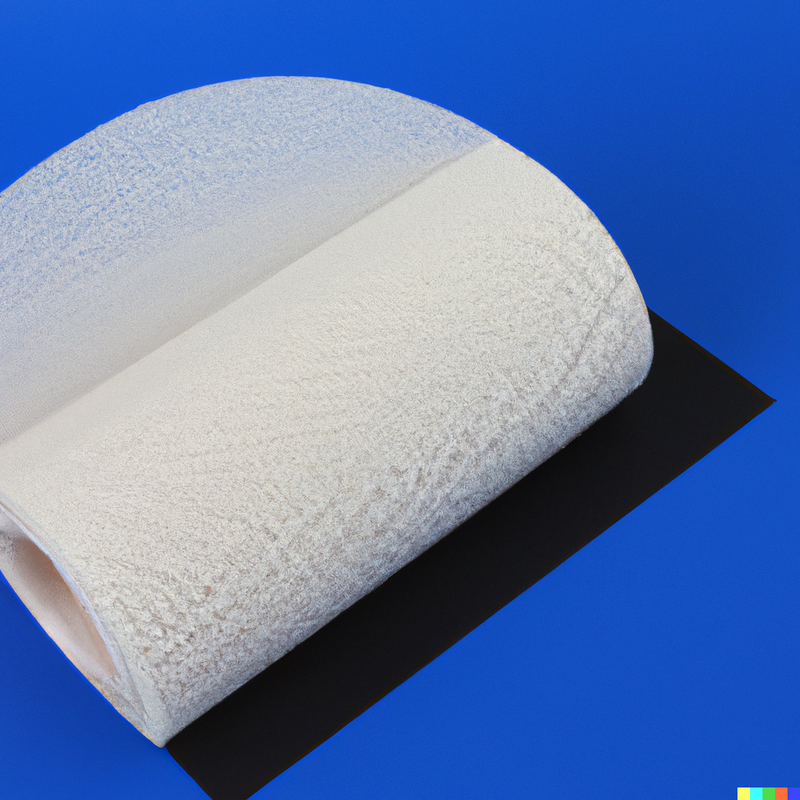The difference between PET non-woven fabric and PP non-woven fabric
The difference between PET and PP non-woven fabric
Non-woven fabric is a type of fabric that is made without traditional weaving or knitting methods. Instead, the fibers are bonded together using various techniques such as thermal bonding, chemical bonding, and mechanical bonding. Non-woven fabric is commonly used in a variety of applications, including medical supplies, personal care products, and industrial products. Two of the most common types of non-woven fabric are PET (Polyethylene Terephthalate) and PP (Polypropylene) non-woven fabric. In this article, we will explore the differences between PET and PP non-woven fabric.
PET non-woven fabric is made from polyethylene terephthalate, which is a type of thermoplastic polymer. PET is well known for its strength, durability, and resistance to moisture, chemicals, and UV light. This makes PET non-woven fabric ideal for applications that require these properties, such as medical supplies, personal care products, and industrial products. Additionally, PET non-woven fabric is also recyclable, making it a more environmentally friendly option.

PP non-woven fabric, on the other hand, is made from polypropylene, which is another type of thermoplastic polymer. PP is known for its excellent resistance to moisture, chemicals, and heat, which makes it ideal for applications that require these properties. However, PP non-woven fabric is not as strong as PET non-woven fabric and is not as resistant to UV light.

One of the main differences between PET and PP non-woven fabric is their breathability. PET non-woven fabric is more breathable than PP non-woven fabric, which makes it a better choice for applications that require good air permeability, such as medical supplies and personal care products. PP non-woven fabric, on the other hand, is less breathable and is therefore not a good choice for these types of applications.
Another difference between PET and PP non-woven fabric is their cost. PET non-woven fabric is typically more expensive than PP non-woven fabric because of the more complex and expensive manufacturing process required to produce it. However, the extra cost is often outweighed by the superior performance and durability of PET non-woven fabric.
In terms of environmental impact, both PET and PP non-woven fabric have their pros and cons. PET non-woven fabric is recyclable and therefore more environmentally friendly, but it is also made from non-renewable resources and requires more energy to produce. PP non-woven fabric, on the other hand, is made from renewable resources, but it is not recyclable and therefore has a greater environmental impact.
Finally, it is important to consider the end use of the non-woven fabric when deciding between PET and PP. For applications that require high strength, durability, and resistance to moisture, chemicals, and UV light, PET non-woven fabric is the better choice. For applications that require good resistance to moisture, chemicals, and heat, but do not require high strength and durability, PP non-woven fabric is a more suitable option.
In conclusion, PET and PP non-woven fabric are two different types of non-woven fabric that have their own unique properties and advantages. When deciding between the two, it is important to consider factors such as cost, environmental impact, breathability, and end use. By understanding the differences between PET and PP non-woven fabric, you can make an informed decision and choose the right type of non-woven fabric for your application.
